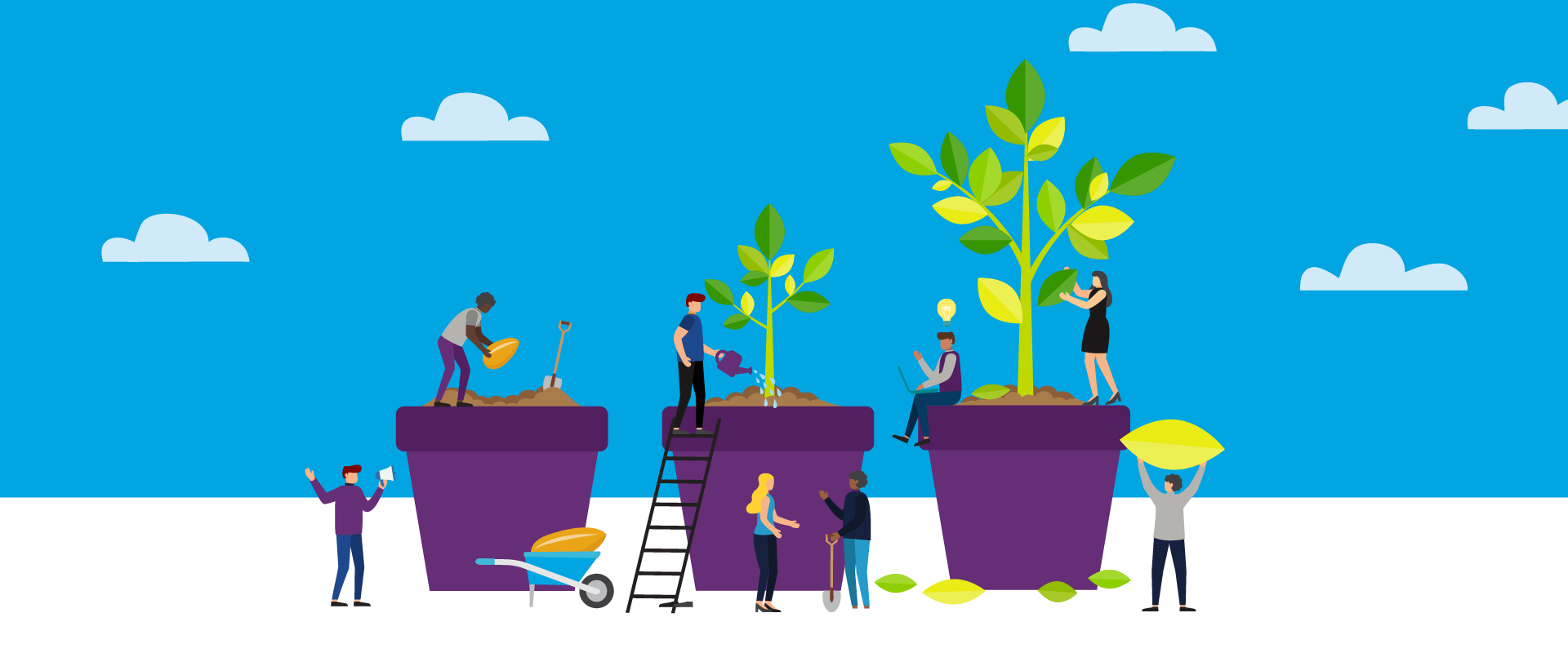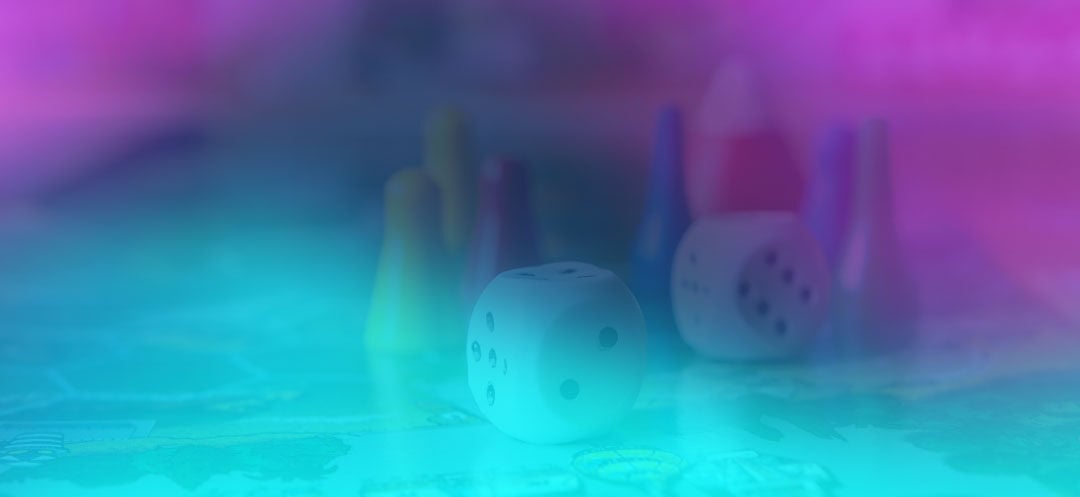Most businesses don’t fail because they have a bad product. They fail because they don’t understand how people buy their product.
Your customers don’t wake up one morning and decide, “I’m going to purchase [your product] today.” Buying is a process. It’s a journey, and every prospect is at a different stage of awareness.
Yet, most businesses market as if every prospect is already at the finish line, ready to buy. That’s like proposing marriage on the first date. It’s not just ineffective—it’s tone-deaf.
If you don’t understand where your audience is in their decision-making process, your marketing is just noise.
So, before you launch another ad, write another email, or post another piece of content, let’s fix that. Let’s talk about the 5 stages of marketing awareness—and why this is the foundation of every successful marketing strategy.
Why Every Business Needs to Map the Customer Journey

Before we dive into the stages, let’s address something most businesses ignore: marketing without a customer journey map is marketing in the dark.
Every company should go through the exercise of understanding how their audience buys. This isn’t just a theoretical exercise—it’s the foundation of everything.
- Where do they start?
- What influences them?
- Where do they go for information?
- What objections hold them back?
- What triggers a final decision?
This is where businesses go wrong. Instead of engaging with prospects where they are, they push sales messaging at every stage, assuming it will “convert” if they just target the right people.
It doesn’t work like that.
The best marketers don’t just advertise on the right platforms. They engage with the right communities—the real conversations, influencers, and networks where decisions are being shaped.
And here’s the best part: you don’t need expensive market research to figure this out.
You already have the answers inside your company. Your sales team, your customer service reps—these people talk to customers every day. They already see the patterns, the questions, the pain points. Unlocking this knowledge is the key to building high-quality marketing and messaging.
The 5 Stages of Marketing Awareness
Your audience isn’t monolithic. They exist across a spectrum of awareness, and the best marketing aligns with where they are in that journey.
- Unaware – They don’t even know they have a problem.
- Problem-Aware – They feel the pain, but don’t know the solution.
- Solution-Aware – They understand solutions exist, but not yours.
- Product-Aware – They know about your product, but they’re not convinced yet.
- Most Aware – They’re ready to buy, but need a nudge.
Let’s break these down.
1. The Unaware Stage: “Everything’s Fine” (Until It’s Not)

These people don’t even know they have a problem yet. They’re not looking for solutions. They’re not Googling anything. They’re not in “buying mode.”
This is where most businesses make their first mistake: they try to sell here.
At this stage, selling is the wrong move. What you need to do is educate and agitate. Your job isn’t to pitch—it’s to create awareness around the problem.
Great marketing at this stage looks like:
- Eye-opening content that shifts perspective (think: “10 Signs You’re Wasting Money Without Realizing It”)
- Social media storytelling that speaks to latent frustrations
- Influencer partnerships where trusted voices introduce the problem before pitching a solution
If your audience is unaware, and you hit them with “Buy Now” messaging, you’ve already lost them.
2. The Problem-Aware Stage: “This Is Frustrating, But I Don’t Know What to Do”

Now, they feel the pain—but they don’t know how to solve it.
This is where frustration builds. They start searching. They start talking. They start looking for answers.
At this stage, your marketing should be problem-focused, not solution-focused. Don’t jump to selling. Meet them where they are.
Great marketing at this stage looks like:
- SEO-driven content that ranks for problem-based searches
- Webinars, podcasts, and guides that break down why the problem exists
- Customer stories that say, “Hey, we’ve been there too”
Your job is to validate their frustration and introduce the possibility of solutions—without forcing the pitch yet.
3. The Solution-Aware Stage: “I Know There Are Fixes—But Which One?”

Now, they know solutions exist. But they don’t know which one is right for them.
This is where comparison shopping starts. They begin researching different methods, brands, and approaches. They want to understand their options before making a choice.
Great marketing at this stage looks like:
- Comparative content (“The Pros and Cons of [Solution A] vs. [Solution B]”)
- Educational YouTube videos that explain how different solutions work
- Case studies and whitepapers that show real-world success
At this stage, they’re not asking why they need a solution—they’re asking which one is best. If your marketing doesn’t address that, they’ll move on to someone who does.
4. The Product-Aware Stage: “I Know About Your Product, But I Need to Be Convinced”

Now, they know you exist. They’ve seen your brand. They’ve read your content. They’re familiar with your offer.
But they’re not convinced yet.
At this stage, objections rule the decision-making process.
- “Is this really worth the price?”
- “Will this work for me?”
- “Can I trust this company?”
Your marketing here should be laser-focused on removing friction.
Great marketing at this stage looks like:
- Testimonials and case studies proving your product’s effectiveness
- Webinars and live demos that build trust
- Free trials, money-back guarantees, and risk-reducing offers
They’re interested—but they need a reason to believe. Give it to them.
5. The Most Aware Stage: “I’m Ready, But Give Me a Reason to Buy Now”

This is the final stage. They’re ready to buy—but they need a nudge.
Great marketing at this stage looks like:
- Limited-time offers that create urgency
- Personalized outreach from sales teams
- Referral programs that incentivize action
Your job here isn’t to sell them on the idea of buying—it’s to make it as easy as possible for them to say yes.
Are You Marketing to the Wrong Stage?
Most businesses market only to the last two stages—assuming everyone is already on the verge of buying.
But the truth is, if you’re not meeting prospects where they are, you’re losing them before they even enter your funnel.
The best marketing doesn’t just push messages out into the world and hope they stick. It meets people in the conversations they’re already having.
So ask yourself: Are you engaging your audience at the right stage—or are you just shouting into the void?
Because businesses that understand the customer journey? They don’t chase buyers. Buyers come to them.
Are You Marketing to the Wrong Stage?
If your marketing isn’t connecting—and you’re tired of guessing why—Deksia can help. Let’s map your audience’s buying journey and build a strategy that speaks to them at every stage. Let’s talk.



